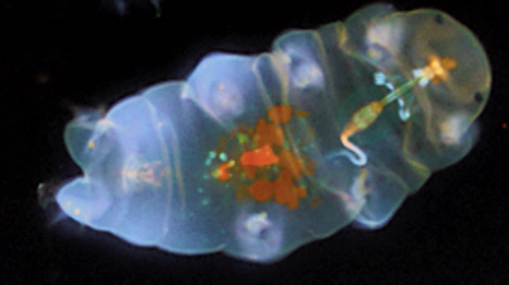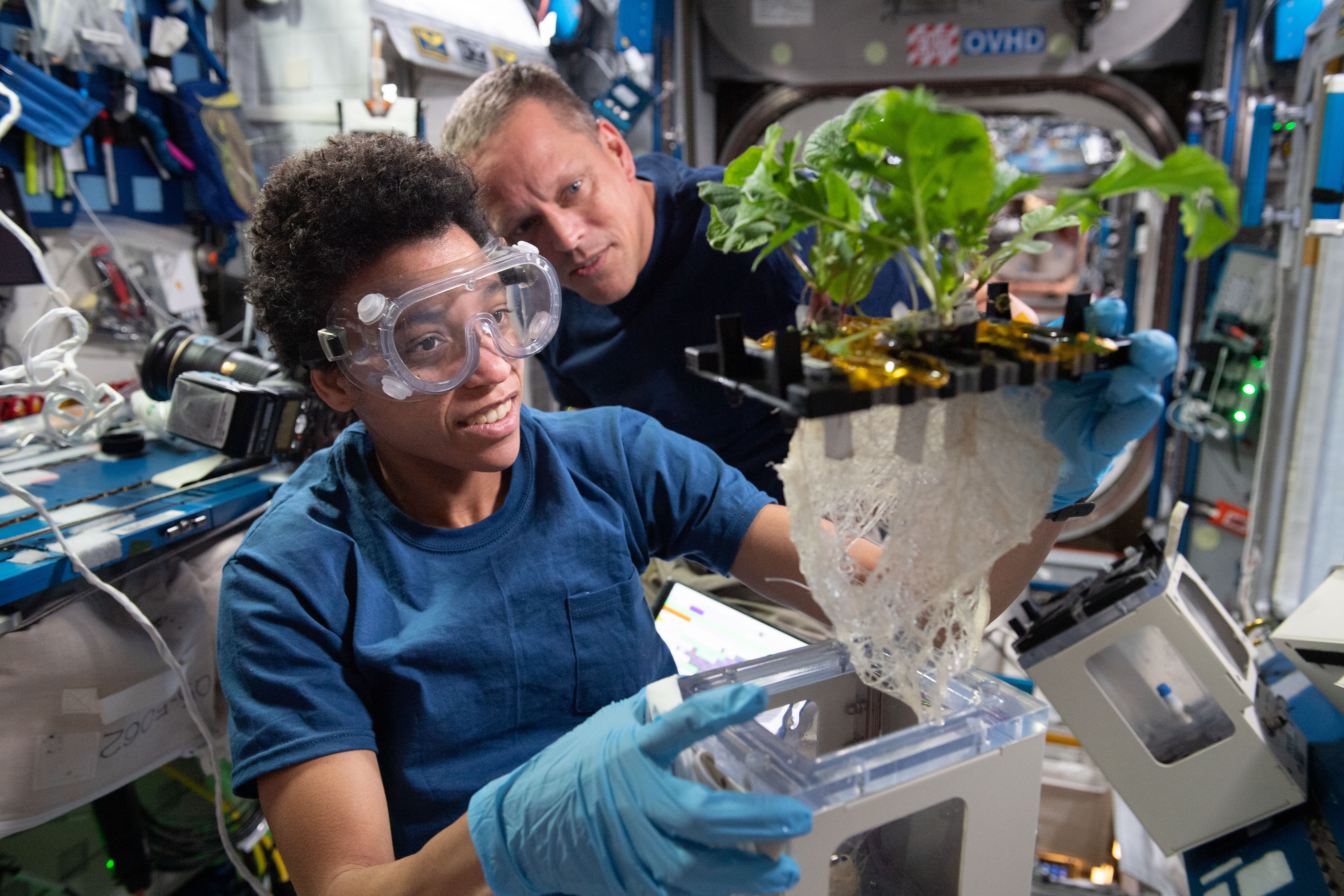When the Falcon 9 rocket launches on June 3, it will be carrying thousands of pounds of cargo to the International Space Station aboard SpaceX’s 22nd commercial resupply services mission. Yet the last five items to be loaded will weigh less than an ounce. These include two plant and two animal species along with a microbial study. Scientists will examine these to better understand how to prepare future astronauts for the rigors of long-distance space travel, as well as unlock a few secrets that may benefit all of humankind back on Earth.
Briefly, the two animal experiments and the microbial study consist of:
An investigation that examines how microbes behave in a low gravity environment and whether this affects their ability to cause disease and changes their resistance to antibiotics.
Animals and microbes have always formed symbiotic relationships, where each one helps the other. Gravity’s role in shaping these simple interactions is not well understood, however, and the microgravity on the space station will give scientists the opportunity to improve their understanding, in this case by studying the bond between a tiny bobtail squid, Euprymna scolopes, and a bacterial buddy that makes it glow in the dark, Vibrio fischeri.
If you thought the cockroach was the planet’s hardiest survivor, think again. The tardigrade, or water bear, is the gold standard used for studying survival in extreme environments on Earth – and in space. How are they able to do so? That’s what scientists will investigate as they try to identify the genes this microscopic animal uses to adapt to harsh environments.
The two plant-based experiments include:
Genes are again of interest to biologists as they examine how changes in gravity affect a plant’s RNA regulation of gene expression in both the plant’s roots and shoots.
Using thale cress to test their hypothesis, investigators will test specific elements inside the plant cells to determine which are used to help the plant sense gravity and how these intracellular components respond to gravity.
Dr. Sharmila Bhattacharya is the program scientist for Space Biology in NASA’s Biological and Physical Sciences Division. She becomes excited when she explains the potential benefits of these experiments not only to the future of space travel, but to people on Earth.
“Starting with the microbial experiment: First, you have astronauts spending weeks on board the space station and they’ll bring with them a number of bacteria in their bodies. There are usually microbes present everywhere in most environments on Earth and aboard spacecraft in space. Most of these microbes are benign, but some have the potential to be harmful. So, we want to learn how to treat the crew members if they become ill, and in order to do that, we need to understand how these bacteria perform under microgravity conditions. For instance, could the space environment increase or decrease their resistance to antibiotics?
Similarly, we want to understand how organisms that are symbiotic with humans react to a lack of gravity. How will that change the dynamic we normally see on Earth?”
The water bears, too, capture Dr. Bhattacharya’s imagination.
“They exemplify a ‘survival of the fittest’ species. You can expose them to sub-freezing or extremely hot temperatures, and they survive. You can dehydrate them or expose them to high doses of radiation, and they survive. How is this possible? By studying how their genes act in a weightless environment, these bears may offer us some biological clues regarding their resilience, and this research, in turn, may help find ways for other biological organisms to withstand extreme conditions on Earth and in space.
With the two plant experiments, we’re striving to learn what building blocks they use to adapt to a different and more stressful environment. This could potentially lead not only to more robust growth of edible plants for our astronauts, but also help us develop strains of plants that can withstand stressful climate changes here on Earth.”
In the end, the many benefits to people on Earth from these five biological experiments will begin beyond the planet itself.
These investigations are supported by NASA’s Biological and Physical Sciences (BPS) Division as part of its mission to pioneer scientific discovery and enable exploration. To learn more about BPS research initiatives, go to: https://science.nasa.gov/biological-physical.
To learn about more experiments launching aboard SpaceX CRS-22, go to: https://www.nasa.gov/mission_pages/station/research/news/spacex-22-research-highlights
































